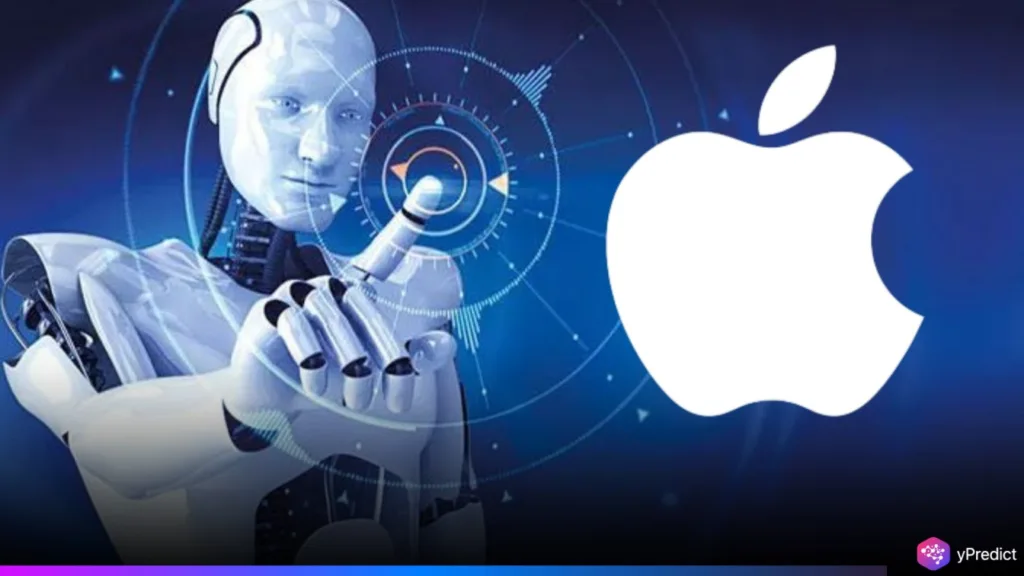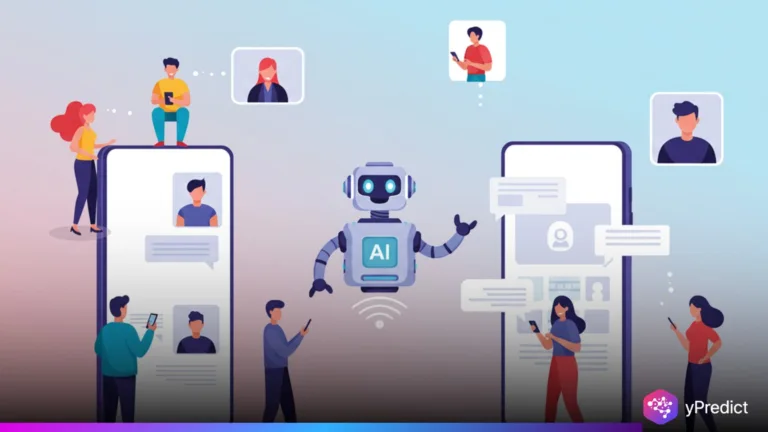
Apple Inc. is preparing to advance its AI strategy by opening proprietary models to third-party developers for direct app integration. Expected at WWDC 2025, this move allows developers to build AI-powered features using Apple’s large language models across its platforms. According to Bloomberg, the initiative strengthens Apple’s competitive AI position while upholding its focus on privacy and device-level performance.
This unprecedented move comes as Apple accelerates its artificial intelligence efforts amid fierce competition from rivals like Google, Microsoft, and Meta, all of which have made their AI platforms accessible to developers. Apple’s initiative is part of its broader “Apple Intelligence” project, which focuses on privacy-first, on-device AI experiences.
Apple Opens the AI Gates to Developers
Apple is set to take a significant step forward in its artificial intelligence plan by allowing third-party developers access to its proprietary AI models. This is a substantial shift for a firm that has typically kept tight control over its software ecosystem, prioritising customer privacy, performance, and consistent design.
Apple is developing a new software development kit (SDK) and supporting frameworks that will enable external developers to create applications based on the same large language models (LLMs) that power Apple Intelligence, the company’s suite of AI-driven tools.
In the initial phase, developers will access Apple’s smaller on-device AI models, designed for efficiency and strong privacy safeguards. These models already support features like text summarization, email assistance, and voice command optimization on iPhones and Macs. Apple will limit access to larger, cloud-based models for now, reinforcing its deliberate and security-focused approach to AI deployment.
This shift could greatly enhance third-party apps, especially in education, productivity, and healthcare, through deeper AI integration. Developers can now embed Apple’s AI directly into app features or build entirely new experiences using core Apple technologies. Unlike previous tools like Core ML and App Intents, this marks the first time Apple’s LLMs power custom AI functions.
Apple hopes that by giving access, it can reenergise the developer community and close the innovation gap with competitors such as Google and Samsung, which have more actively embraced generative AI.
Developer Impact and Competitive Pressures
Apple’s decision to open its AI models could significantly increase Apple Intelligence’s appeal, especially after its initially delayed rollout. Previously, developers could only access limited features like Genmoji and Writing Tools without tapping into Apple’s core Foundation Models. Now, they can build custom AI functions directly on top of Apple’s foundational technology, unlocking broader use and innovation potential.
Due to limited access, many developers relied on third-party tools like Google TensorFlow or open-source options such as Core ML. By allowing direct use of its proprietary AI models, Apple aims to reduce external dependency and spark more creativity internally. This move could encourage developers to build richer, AI-driven experiences fully aligned with Apple’s ecosystem and performance standards.
Apple’s decision aims to give developers a competitive edge by eliminating the need to build their own AI infrastructure, reducing technical hurdles, and encouraging innovation. It also reflects growing pressure from developers and the need to keep pace with rivals rapidly advancing in AI.
Additionally, the move may be seen as a strategic response to evolving regulatory frameworks like the EU’s Digital Markets Act, which mandates greater openness and third-party interoperability for dominant tech platforms.
Conclusion
Alongside expanded developer access, Apple is reportedly developing AI-powered features like smarter battery optimization and a wellness-focused Health app. Expected in 2026, the Health app will include a virtual AI coach to support users’ fitness and mental well-being goals. Apple is also working on a major OS redesign, code-named “Solarium,” to unify the iPhone, iPad, and Mac experience via visionOS inspiration.
Though unconfirmed, Apple may announce these upgrades at the upcoming WWDC, highlighting a broader move toward developer-led AI integration. If successful, the initiative could redefine how intelligent features are built on Apple platforms and reflect a shift toward openness. This marks a significant pivot in Apple’s strategy, embracing a more transparent and AI-focused future for its ecosystem.






